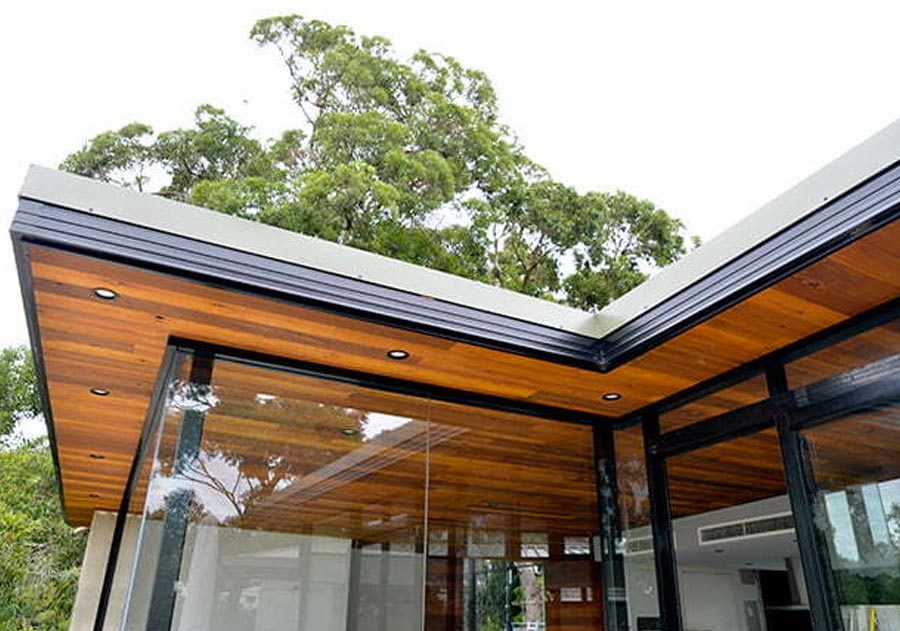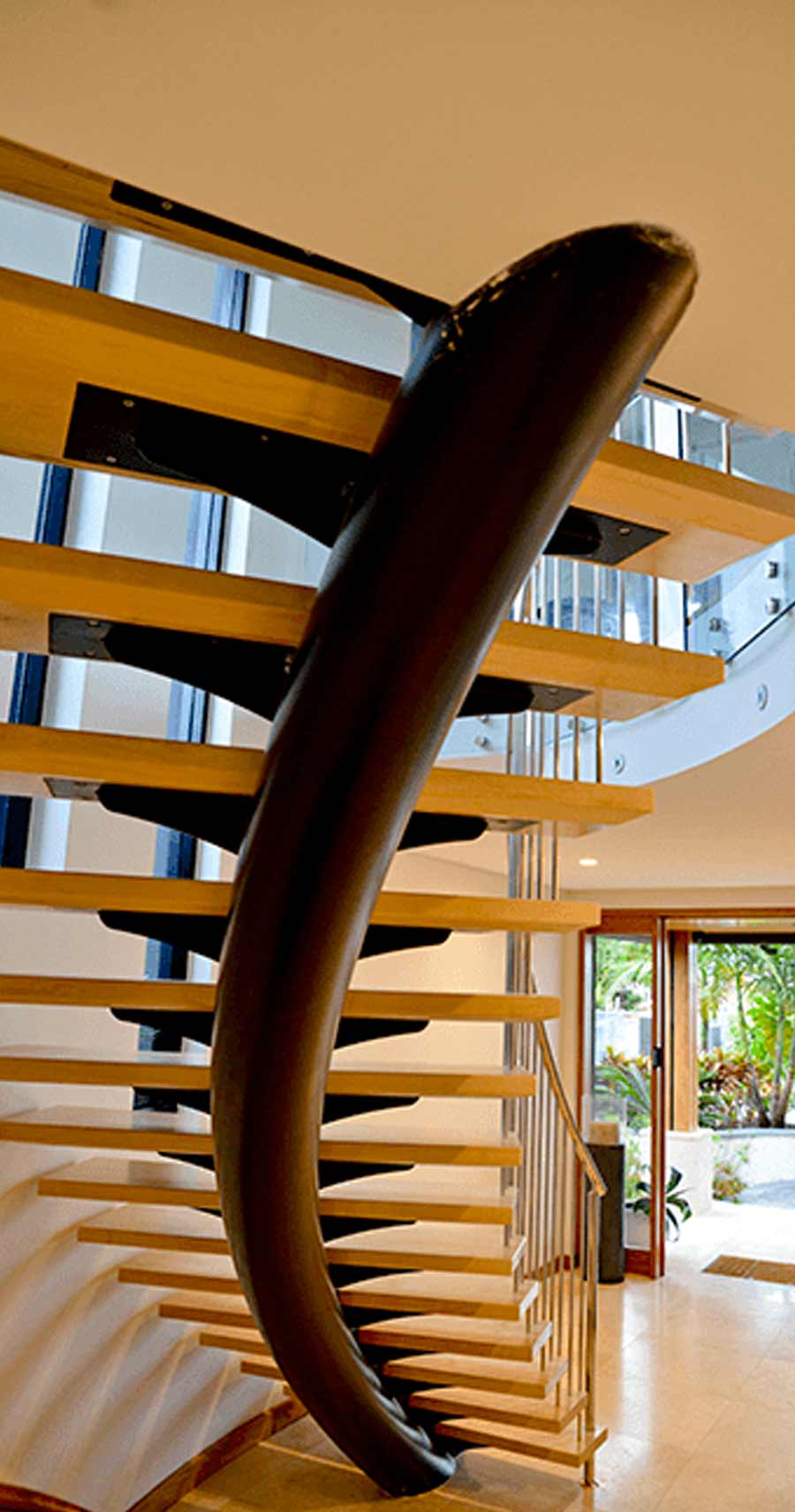Structural Engineering Sydney

Services Area And Approach
At Engineering Sydney, we pride ourselves on providing structural and civil engineering excellence, personalised customer service and value to our customers through innovative engineering designs.
From our location in Oatley, in Sydney’s south, we offer structural and civil engineering consultancy services all around Sydney. Examples of our work and testimonials from our customers are available here.
Once you contact us, we’ll organise to meet with you to discuss your needs.
What comes next is the favourite part of our job – developing a unique design that meets the needs of your project, with major emphasis placed on practical solutions.

Our Structural Engineering Services Include The Following:
- Footings – foundations for all structures
- On Ground Reinforced Concrete Slabs
- Suspended Reinforced Concrete Slabs
- Reinforced concrete beams
- Steel beams
- Steel columns
- Steel trusses
- Reinforced concrete columns
- Composite beams (steel and concrete, timber and steel, laminated beams, LVL beams – laminated veneer lumber)
- Concrete retaining walls
- Timber retaining walls
- Concrete block walls – reinforced and core filled with concrete
- Retaining walls
What Is Structural Engineering?
Structural engineering involves analysing and designing all kinds of structures such as buildings, bridges, towers, tunnels, retaining walls and other infrastructure. Civil engineering is more about developing infrastructure projects, such as roads, railways, dams and water systems. Structural engineering supports and maintains the built environment, where structures must be safe, serviceable, durable, aesthetically pleasing and economical.
It also involves applying maths and physics to traditional construction materials such as concrete, stone, steel, timber and glass and innovative engineering materials, including aluminium, polymers and carbon fibre.
Structural design decides the type of structure most suitable for a specific purpose, the materials to be used, the loads and other actions the system must sustain, and the arrangement, layout and dimensions of its various components.
Structural design involves precise calculations to ensure that:
- The structure is sturdy
- All parts have enough strength to handle the design loads
- The facility will remain serviceable throughout its design life and able to perform the function intended
Lastly, structural design involves the meticulous preparation of drawings that will illustrate the engineering design to the contractors who will build the structure.
Structural analysis is an essential part of structural engineering. It involves the calculation of the response of the structure to the design loads and proposed deformations that it will be required to endure for decades to come. In structural engineering, deformation is when an object is temporarily or permanently altered due to force. These calculations allow structural engineers to choose the suitable materials for the structure and to ensure that it will be ideal for it’s purpose.
Footings And Ground Slabs
Pad Footings Design
The most straightforward and cost-effective foundation is pad footings, also known as isolated or spread footings, and are primarily used for shallow foundations to carry and spread concentrated loads from columns or pillars. They are created by digging holes into the ground, fitting the holes with a reinforcement cage, and finally pouring a concrete mix to ground level.
Waffle Pod Footings & Slabs Design
A waffle slab is made of reinforced concrete and is flat on top with a grid-like system of narrow strip footings on its bottom surface. It’s name derives from these narrow strip footings or ribs, which are laid perpendicular to each other with equal depth.
Column Footings Design
One of the simplest types of foundations is a column footing. This footing is often a block of concrete on which the column sits so the weight placed on the column can be distributed through a larger area.
Load Bearing Pile Footings Design
These footings are commonly used for high-rise buildings or bridges. Load bearing pile footings become necessary if a home is being built on weak soil or uneven terrain. They are pushed into the ground until a solid base can be found so that structures can be supported on top of it.
Bored Pier Footings Design
Bored pier footings come into play in wet and coastal areas where footings and slabs require further support. After they are filled with concrete, holes are drilled down to the level of good load bearing soil.
Strip Footings Design
This is one of the most common footings used in Australia, consisting of a strip of reinforced concrete that supports an integral uniformly distributed load such as a wall.
Beams And Columns
Structural Engineering Services | Beams
Beams
Beams are horizontal planks or rods that carry weight perpendicular to their direction (which is longitudinal). Beams are supported at both ends of installation and transfer loads from slab to column.
Location
These structural elements are used to support the weight of a building’s walls, ceilings and roofs. Their primary job is to spread the weight to a structure’s vertical load-bearing supports.
Design
Structural engineers must carefully design beams. The structural engineers at Engineering Sydney are educated and trained to calculate the loads acting on the beam and will choose an optimal beam size, shape and material to accommodate the forces and loads on the structure. Beam dimensions are also allocated according to the value of the internal forces located on them.
Materials
The most common types of materials used to make beams include reinforced concrete, steel, grouted masonry and wood. Engineering Sydney’s structural engineers will select the material based on cost, geometry and fire rating, among other things.
Structural Engineering Services | Columns
Columns
Similar to beams, columns are used in structural support. Essentially, columns are vertical structures that transfer compressive loads. They support the floor or roof beams and the columns on the floors above; bottom floor columns must be strong enough to carry the full weight of each floor above it. They will transfer loads from the slab and beams to the foundations and soil beneath.
Location
For the most effective support, columns should be placed consistently on all floors (where possible), increasing the stability of the lowest set of columns.
Design
The structural engineers at Engineering Sydney must calculate the weight supported by the column before choosing an optimal design. Much like beams, column design relies on the load values extruding vertical forces. The effects of lateral forces due to wind and earthquakes must also be considered when deciding the size and dimensions of the column.
Materials
The two primary materials used in modern column construction include
1. Steel
2. Concrete
Retaining Walls
What Are Retaining Walls?
Retaining walls are structures used to provide stability and are commonly used to control soil banks. The structural engineering design of retaining walls varies across Australia. A geotechnical assessment is needed for all retaining walls, particularly those in clay sites. The structural design engineering undertakes drainage considerations to ensure long term performance in retaining walls.
Types Of Retaining Walls
Gabion Walls
A Gabion wall is a simple design and consists of rough cut stones, or randomly collected stones of similar size encased in a wire basket or mesh cage. They are easy to assemble on site, requiring only a specific stacking order to achieve stability and desired results. Gabion walls allow perfect subsoil drainage of the soil that is being retained.
In-Situ Concrete Walls
When an engineer designs concrete retaining walls that can suit a variety of project needs, the construction of a concrete wall can be done by just about any builder. In-situ concrete walls may be cheaper to build except for their formwork and are more flexible, depending on the type of soil retaining required to be achieved.
Gravity Structures – Limestone Retaining Walls
The gravity wall depends upon its weight to retain soil. Limestone retaining walls are gravity walls commonly used in the Perth Region. The interlocking blocks used to construct the limestone retaining wall can be either natural blocks or reconstituted ones. Limestone retaining walls can be used in a wide range of applications and have long durability. The type of retained soil is beneficial if required to support imposed actions such as light vehicle surcharge loading.
Panel & Post Retaining Walls
Also known as concrete sleeper retainer walls, they usually consist of concrete posts or steel beams cast into concrete footings. The retaining is achieved with concrete panels inserted between reinforced concrete posts or galvanised I-beam. This retaining wall is easy and quick to install on sand sites. Also, this retaining wall isn’t recommended within 1km of the ocean to ensure durability, and the steel I-beams must be galvanised.
Concrete Block Retaining Wall Systems
Retaining wall using concrete masonry blocks are straightforward to construct, and since there is a wide range of colours and textures available, there is a range of options for retaining walls, planter boxes and feature walls. Concrete masonry retaining walls are typically constructed in Australia using 150 or 200 series blocks.
Structural engineering is often recommended for
- Retaining walls over 1m in height.
- Where the retaining wall is supporting a heavy load.
- Complex ground conditions.
- To fulfil council regulations i.e. Development Application, Works Orders, Emergency Works.
Why Choose Engineering Sydney?
Engineering Sydney specialises in structural engineering all throughout Sydney. We deliver quality retaining wall design solutions and never over-price. We pride ourselves on developing innovative, efficient designs that focus on saving the client’s budget. Contact us now to discuss further information about structual engineering.
